Home>Garden Essentials>How To Grow Pineapple Seeds
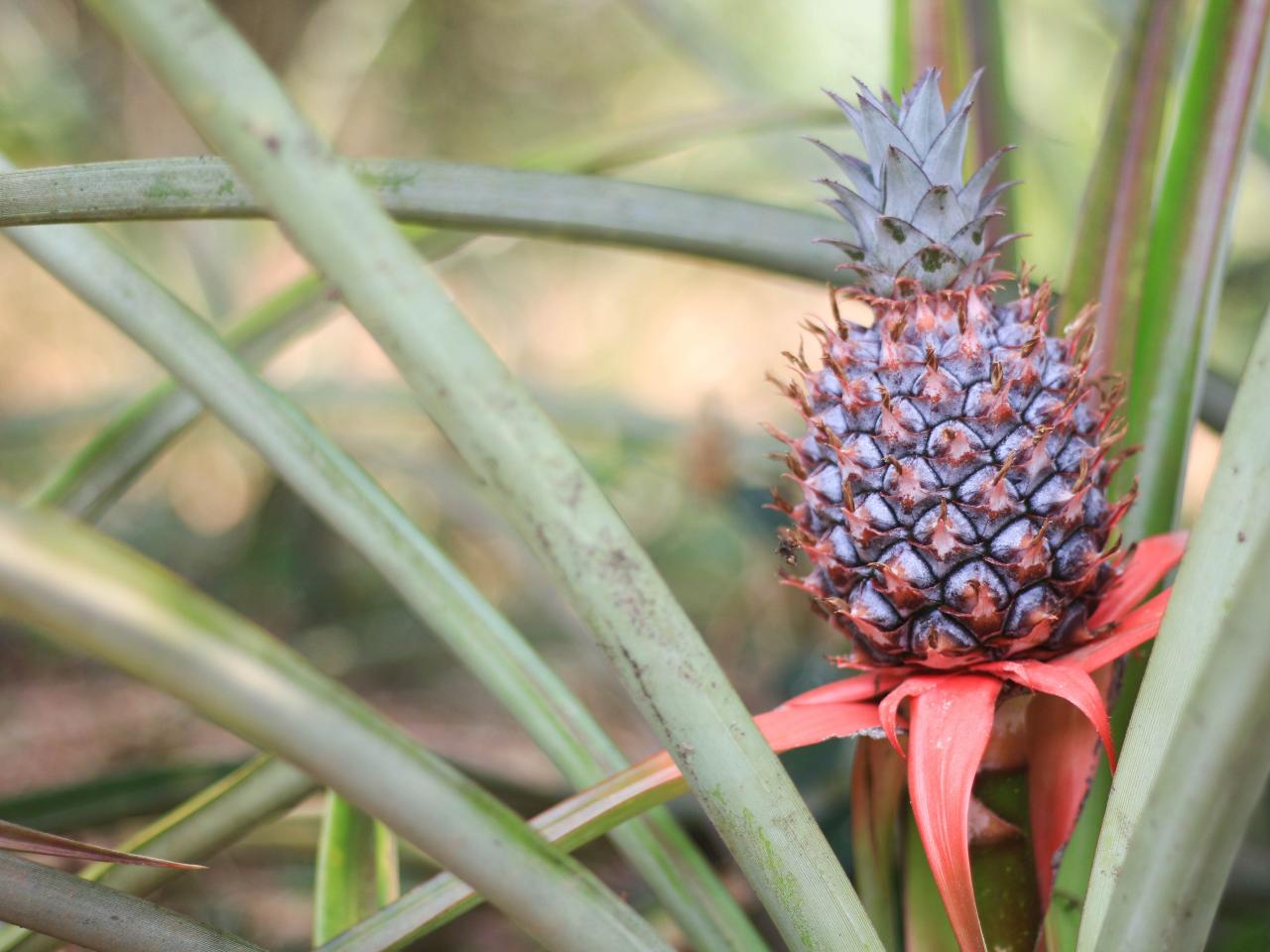

Garden Essentials
How To Grow Pineapple Seeds
Modified: March 24, 2024
Learn how to grow pineapple seeds in your garden with these simple steps. Start growing your own fresh pineapple at home today!
(Many of the links in this article redirect to a specific reviewed product. Your purchase of these products through affiliate links helps to generate commission for Storables.com, at no extra cost. Learn more)
Introduction
Growing plants from seeds can be a rewarding and fulfilling experience, especially when it comes to exotic and tropical fruits like pineapples. While many people tend to think of pineapples as something that can only be grown in warm, tropical climates, it is actually possible to grow pineapple plants from seeds right in your own home or garden. Not only is this a fun and interesting project, but it also allows you to have a constant supply of fresh pineapples that you can enjoy.
In this article, we will walk you through the process of growing pineapple seeds, from gathering the necessary materials to caring for the seedlings and eventually transplanting them. By following these steps, you can successfully grow your own pineapple plants and witness the transformation from tiny seeds to flourishing fruit-bearing plants.
Before we dive into the step-by-step guide, it is important to note that growing pineapples from seeds requires patience and dedication. Pineapple plants typically take a few years to fruit, so it is important to approach this project with a long-term mindset. Nonetheless, the journey of nurturing and watching the pineapple plants grow will undoubtedly be an enriching and exciting experience.
Now, let’s gather our materials and get started on this pineapple-growing adventure!
Key Takeaways:
- Growing pineapple seeds requires patience and dedication, but with the right materials and care, you can enjoy the rewarding journey of nurturing tiny seeds into flourishing fruit-bearing plants.
- Providing optimal conditions, ongoing care, and patience are essential for successfully growing pineapple seeds into thriving plants. Enjoy the process and look forward to savoring the sweet taste of homegrown pineapples!
Read more: How To Grow A Pineapple From Seed
Step 1: Gathering Materials
Before you begin the process of growing pineapple seeds, it is important to gather all the necessary materials. Having everything ready will make the process smoother and more efficient. Here is a list of items you will need:
- Pineapple fruit: Start by selecting a ripe pineapple from your local grocery store or farmer’s market. Look for a pineapple that is golden in color, has a pleasant aroma, and feels slightly soft when gently squeezed. This indicates that the fruit is ripe and the seeds inside are viable.
- Knife: You will need a sharp knife to carefully remove the crown of the pineapple.
- Small container: Find a small container, such as a plant pot or seed tray, to plant the pineapple seeds.
- Potting soil: Choose a well-draining potting mix that is suitable for growing tropical plants. Avoid soil mixes that are heavy or retain too much moisture.
- Watering can or spray bottle: A watering can or spray bottle is essential for moistening the soil and providing water to the seedlings.
- Transparent plastic bag: This will be used to create a mini greenhouse environment for the pineapple seeds.
- Light source: Pineapple seeds need adequate sunlight or artificial light to germinate and grow. Ensure you have a suitable light source, such as a sunny windowsill or grow lights.
By gathering these materials beforehand, you’ll have everything you need within reach, making the process much more convenient and enjoyable.
Now that you have all the necessary materials, it’s time to move on to the next step: preparing the seeds.
Step 2: Preparing the Seeds
Once you have your ripe pineapple fruit, it’s time to extract and prepare the seeds for planting. Follow these steps to prepare the seeds:
- Remove the crown: Using a sharp knife, carefully cut off the crown from the top of the pineapple. Make sure to take a clean cut, leaving a small portion of the fruit attached to the crown.
- Remove excess fruit flesh: Gently remove any excess fruit flesh from the base of the crown. Be careful not to damage the small roots that may be present.
- Dry the crown: Place the crown in a cool and dry location for a few days. This will allow it to dry out and prevent rotting.
- Separate the seeds: After the crown has dried, you will notice small brown seeds embedded within the base. Carefully separate these seeds from the crown, being cautious not to damage them.
- Clean the seeds: Rinse the seeds gently with water to remove any remaining fruit residue. Pat them dry with a clean cloth or paper towel.
It’s important to note that not all pineapple seeds are viable, and the chances of germination vary. Therefore, it’s a good idea to extract multiple seeds to increase your chances of success. Keep in mind that growing pineapple plants from seeds is a bit unpredictable, and some seeds may not germinate at all.
With the seeds prepared and ready, we can move on to the next step: planting the seeds.
Step 3: Planting the Seeds
Now that you have prepared the pineapple seeds, it’s time to plant them and give them a nurturing environment to germinate. Follow these steps to plant the pineapple seeds:
- Fill the container with potting soil: Take your small container and fill it with a well-draining potting soil. Make sure the soil is moistened but not waterlogged.
- Plant the seeds: Create small indentations in the soil, about 1/4 to 1/2 inch deep. Place individual seeds into each indentation and gently cover them with soil, ensuring they are completely buried.
- Water the soil: Using a watering can or spray bottle, water the soil gently until it is evenly moist. Avoid overwatering, as excessive moisture can cause the seeds to rot.
- Create a mini greenhouse: Cover the container with a transparent plastic bag to create a mini greenhouse effect. This will help retain moisture and create a warm and humid environment for the seeds to germinate.
- Place in a warm location: Find a warm location for the container, such as a sunny windowsill or near a heat source. Pineapple seeds require temperatures above 70°F (21°C) to germinate successfully.
It’s important to maintain a consistent temperature and moisture level during the germination process. Check the soil regularly and mist it with water to keep it moist. Avoid direct sunlight on the plastic bag, as it can cause excessive heat and damage the seeds.
Now that the pineapple seeds are planted, it’s time to provide them with the right growing conditions. Move on to the next step to learn about providing optimal conditions for your seedlings.
Step 4: Providing the Right Growing Conditions
For pineapple seeds to thrive and grow into healthy seedlings, providing the right growing conditions is crucial. Follow these steps to ensure optimal conditions for your pineapple seedlings:
- Temperature and humidity: Pineapple plants prefer warm and humid environments. Maintain a temperature between 70°F (21°C) and 85°F (29°C) for optimal growth. If necessary, use a heat mat to provide consistent warmth. The humidity level should be around 70% to 80%. You can increase humidity by misting the seedlings regularly or placing a tray of water nearby.
- Light exposure: Pineapple plants require bright, indirect light for healthy growth. Place the container in a location where it receives at least 6 to 8 hours of sunlight each day. If natural light is lacking, supplement with artificial grow lights placed about 6 to 12 inches above the seedlings.
- Watering: Keep the soil consistently moist but not waterlogged. Water the seedlings when the top inch of soil feels slightly dry. Use a watering can or spray bottle to avoid overwatering, which can lead to root rot.
- Fertilization: After the seedlings have established a few leaves, you can begin fertilizing them. Use a balanced liquid fertilizer diluted to half strength and apply it every two to three weeks during the growing season.
- Air circulation: Proper air circulation is essential to prevent fungal diseases and ensure healthy growth. Avoid overcrowding the seedlings and provide gentle airflow around them through a fan or an open window.
By providing these optimal growing conditions, you are setting the stage for your pineapple seedlings to flourish. With proper care, they will soon develop into sturdy plants ready to be transplanted.
Next, we will dive into the essential steps for caring for the seedlings as they continue to grow.
To grow pineapple seeds, remove the seeds from a ripe pineapple, dry them out, and then plant them in well-draining soil. Keep the soil moist and place the plant in a warm, sunny spot. It may take 2-3 years for the plant to produce fruit.
Read more: How Long To Grow Pineapple From Seed
Step 5: Caring for the Seedlings
As your pineapple seedlings continue to grow, they will require proper care and attention. Follow these steps to ensure the healthy development of your seedlings:
- Thinning the seedlings: If multiple seedlings have sprouted in the same container, it’s important to thin them out. Remove the weaker seedlings, leaving only the strongest and healthiest one. This allows the remaining plant to receive sufficient nutrients, water, and light.
- Watering: Continue to monitor the moisture level of the soil and water the seedling when the top inch feels slightly dry. Be mindful not to overwater, as it can lead to root rot.
- Light exposure: Ensure that the seedlings receive adequate light. If they are indoors, rotate the container periodically to provide even exposure to sunlight. If using artificial grow lights, adjust the height and duration of light exposure as the seedlings grow.
- Pruning: Once the seedlings have a few sets of leaves, you can start pruning them. Gently remove any dry or yellowing leaves to promote healthy growth.
- Transplanting: As the seedlings grow larger and outgrow their containers, they will need to be transplanted into larger pots. This usually occurs when the seedlings are around 6 to 8 inches tall. Make sure to use a well-draining potting mix and provide ample space for the roots to grow.
Throughout the care process, it’s important to observe and address any signs of disease or pests. Keep an eye out for common issues like fungal infections, aphids, or mealybugs. In case of infestation or disease, take appropriate measures to protect your seedlings, such as using organic pest control methods or applying fungicides.
With proper care and attention, your pineapple seedlings will grow strong and healthy. The next step involves transplanting them into their permanent growing location.
Step 6: Transplanting the Seedlings
Once your pineapple seedlings have outgrown their containers and are robust enough, it’s time to transplant them into their permanent growing location. Follow these steps to successfully transplant your pineapple seedlings:
- Choose the right location: Select a spot in your garden or outdoor area that receives full sunlight for at least six hours a day. Pineapple plants thrive in warm and tropical climates.
- Prepare the soil: Pineapples prefer well-draining, sandy soil with a slightly acidic pH. Before transplanting, amend the soil with organic matter such as compost or well-rotted manure to improve its fertility and drainage.
- Dig the hole: Dig a hole in the prepared soil that is deep and wide enough to accommodate the root ball of the seedling. Make sure the hole is slightly larger than the size of the container.
- Remove the seedling from the container: Carefully remove the seedling from its container, taking care not to damage the delicate roots. Gently loosen the roots if they have become compacted.
- Place the seedling in the hole: Set the seedling in the hole, making sure it sits at the same level as it did in the container. Backfill the hole with soil, gently firming it around the roots to remove any air pockets. Water the seedling thoroughly after transplanting.
- Mulch and protect: Apply a layer of organic mulch around the base of the plant to help retain moisture and suppress weeds. Consider using a protective covering, such as a cloche or row cover, for the first few weeks to shield the plant from extreme weather conditions.
After transplanting, continue to provide regular watering and monitor the plant’s growth. It’s important to note that it may take up to two years for the pineapple plant to produce fruit. During this time, be patient and provide the necessary care and maintenance.
Now that your pineapple seedlings are in their permanent growing location, it’s time to focus on their continued care and maintenance.
Step 7: Continued Care and Maintenance
Now that your pineapple seedlings are transplanted, they require continued care and maintenance to ensure healthy growth and fruit production. Follow these steps for ongoing care:
- Watering: Pineapple plants require regular watering to keep the soil evenly moist, especially during hot and dry periods. Water deeply, allowing the water to penetrate the root zone, but avoid waterlogging. Monitor the soil moisture and adjust the watering frequency accordingly.
- Fertilization: Apply a balanced slow-release fertilizer or a specific pineapple fertilizer according to package instructions. Avoid over-fertilizing, as it can lead to burn the plant’s roots. Feed the plant every two to three months during the growing season.
- Weeding: Regularly remove weeds around the pineapple plants to prevent competition for nutrients and water. Be careful not to disturb the shallow root system of the plants while weeding.
- Pest control: Monitor the plants for common pests such as mealybugs, aphids, or spider mites. Use organic pest control methods if necessary, such as neem oil or insecticidal soap, to protect your pineapple plants.
- Protection from extreme weather: In areas with strong winds or frost, provide protection to the pineapple plants. Use stakes or protective covers to shield them from harsh conditions.
- Pruning: Regularly inspect the plants for dead or damaged leaves and remove them to maintain the overall health and appearance of the plant.
- Support for fruit development: As the pineapple plant starts to develop fruits, support them by placing a net or fabric sling under the fruit to prevent it from weighing down and breaking the stem.
Remember that pineapple plants are tropical and may not tolerate freezing temperatures. In colder climates, consider growing pineapples in containers that can be moved indoors during the winter months.
With proper care and maintenance, your pineapple plants will continue to grow and eventually reward you with delicious, juicy fruits. Patience is key, as it may take up to two years for the pineapple to mature and produce fruit.
Congratulations! You have successfully gone through all the steps involved in growing pineapple seeds into thriving plants. Now, sit back, continue caring for your pineapple plants, and look forward to the day when you can savor the sweet taste of homegrown pineapples!
Keep in mind that growing pineapple seeds can be a fun and fulfilling experience, but results may vary. Enjoy the journey and learn from the process, and remember that every step contributes to the growth and development of your pineapple plants.
Happy pineapple growing!
Conclusion
Growing pineapples from seeds may seem like a daunting task, but with the right knowledge and care, it is a rewarding and fulfilling experience. By following the step-by-step guide outlined in this article, you can successfully grow pineapple plants from seeds and enjoy the satisfaction of seeing them develop into mature fruit-bearing plants.
Starting with gathering the necessary materials, such as a ripe pineapple crown and a suitable container, you can move on to preparing the seeds and planting them in a well-draining potting mix. Providing optimal growing conditions, including proper temperature, humidity, light exposure, and watering, is crucial for the seedlings’ development.
As the seedlings grow, continued care and maintenance are essential. This includes thinning out the seedlings, pruning, fertilizing, and protecting the plants from pests and extreme weather conditions. Transplanting the seedlings into their permanent location requires choosing the right spot with plenty of sunlight and well-draining soil.
Throughout the process, it’s important to remember that growing pineapple plants from seeds requires patience. It may take up to two years for the plants to mature and produce fruit. However, the journey of tending to the pineapple plants, witnessing their growth, and finally enjoying the fruits of your labor is incredibly rewarding.
So, whether you’re a seasoned gardener or just starting your green thumb adventure, give growing pineapple seeds a try. With dedication, care, and a touch of patience, you can enjoy the tropical delight of homegrown pineapples that you nurtured from tiny seeds.
Now, venture into the world of pineapple gardening and experience the joy of growing your own tropical fruit. Happy gardening!
Frequently Asked Questions about How To Grow Pineapple Seeds
Was this page helpful?
At Storables.com, we guarantee accurate and reliable information. Our content, validated by Expert Board Contributors, is crafted following stringent Editorial Policies. We're committed to providing you with well-researched, expert-backed insights for all your informational needs.
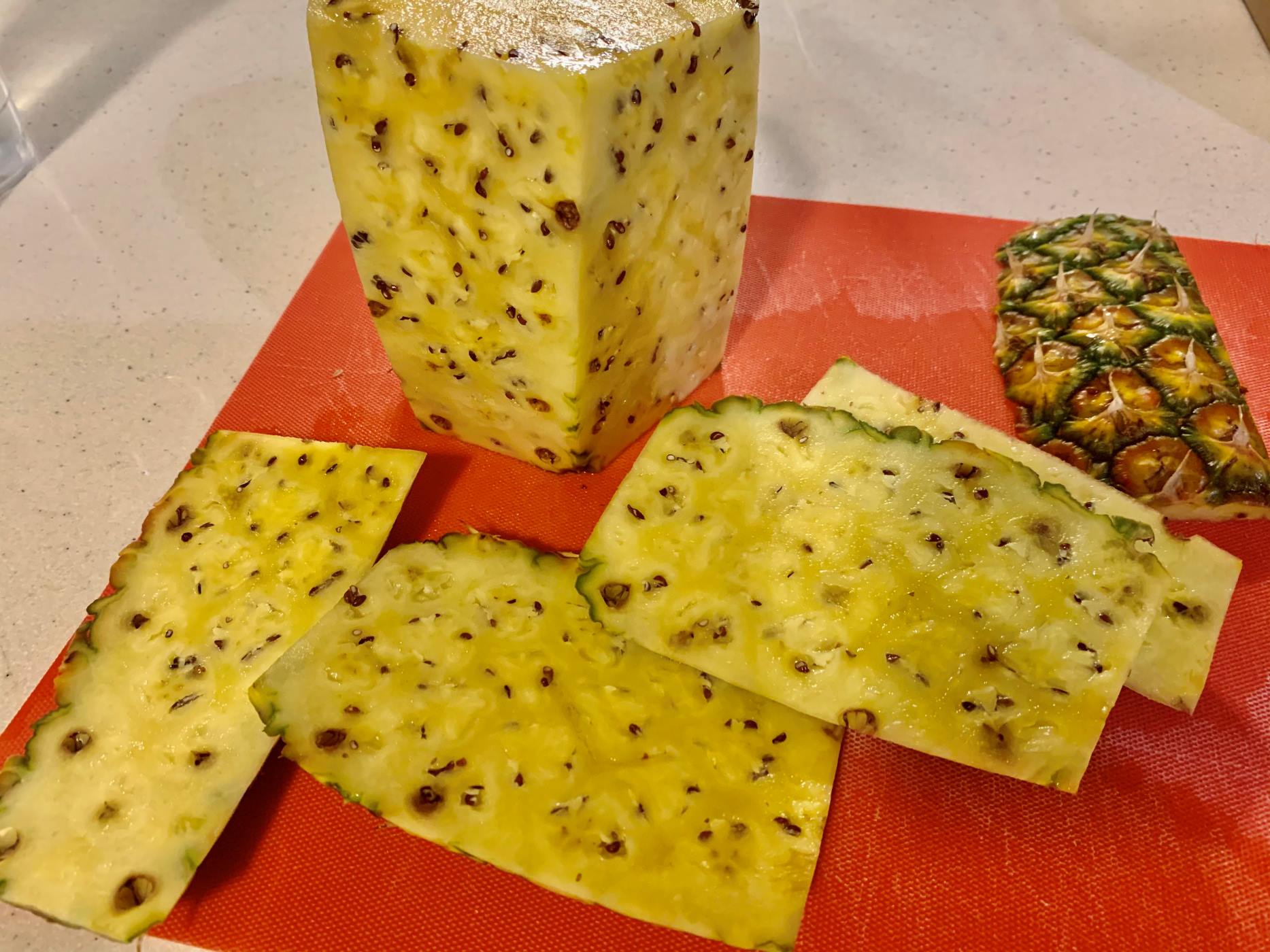
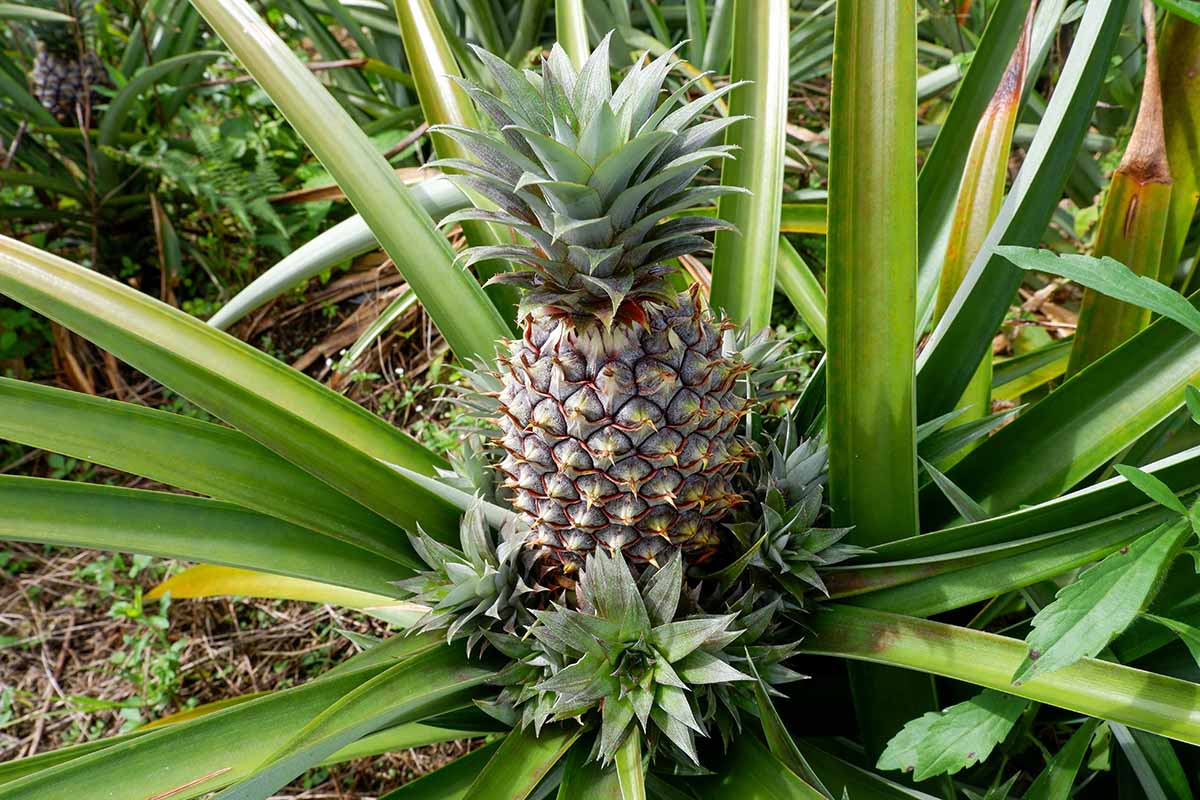
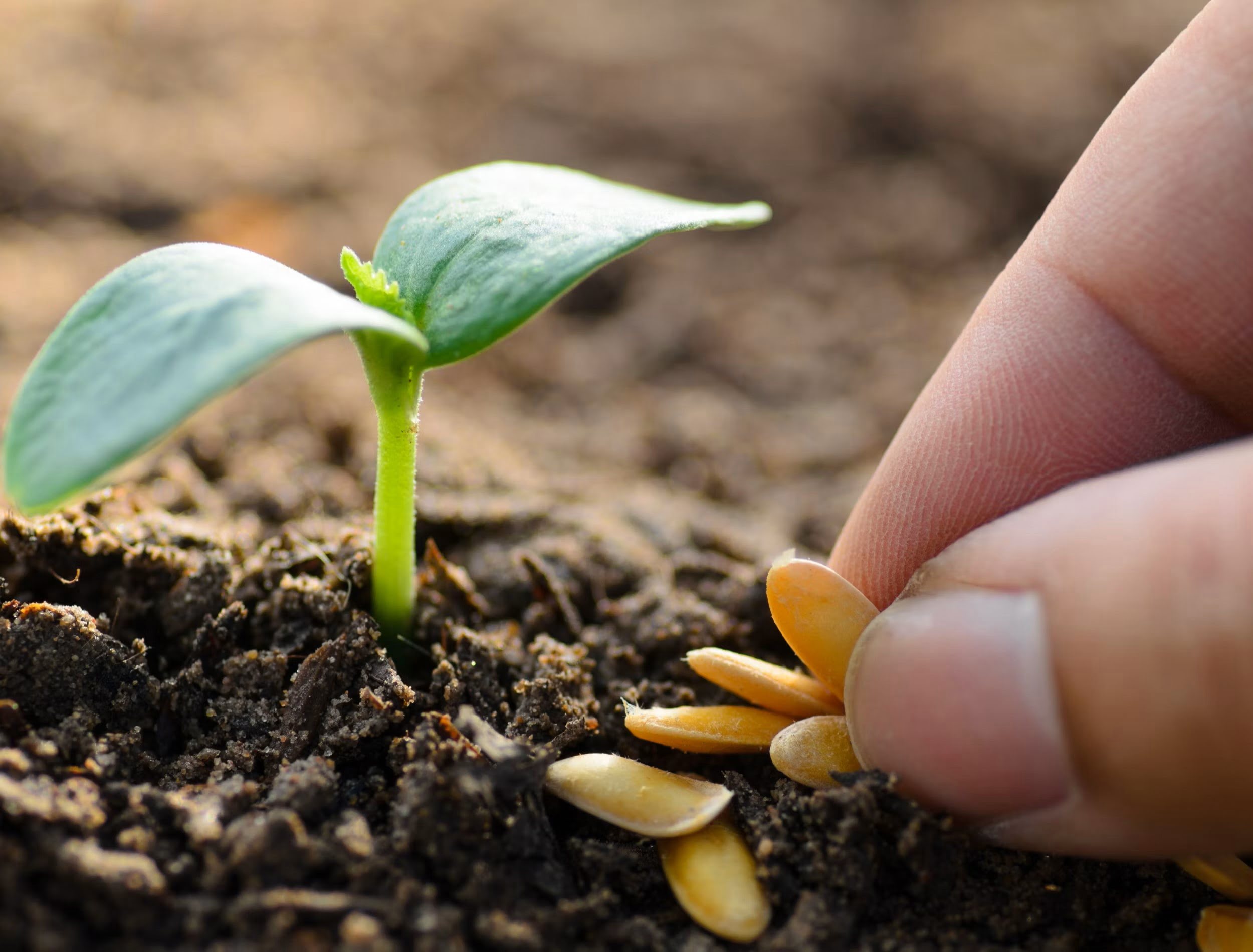
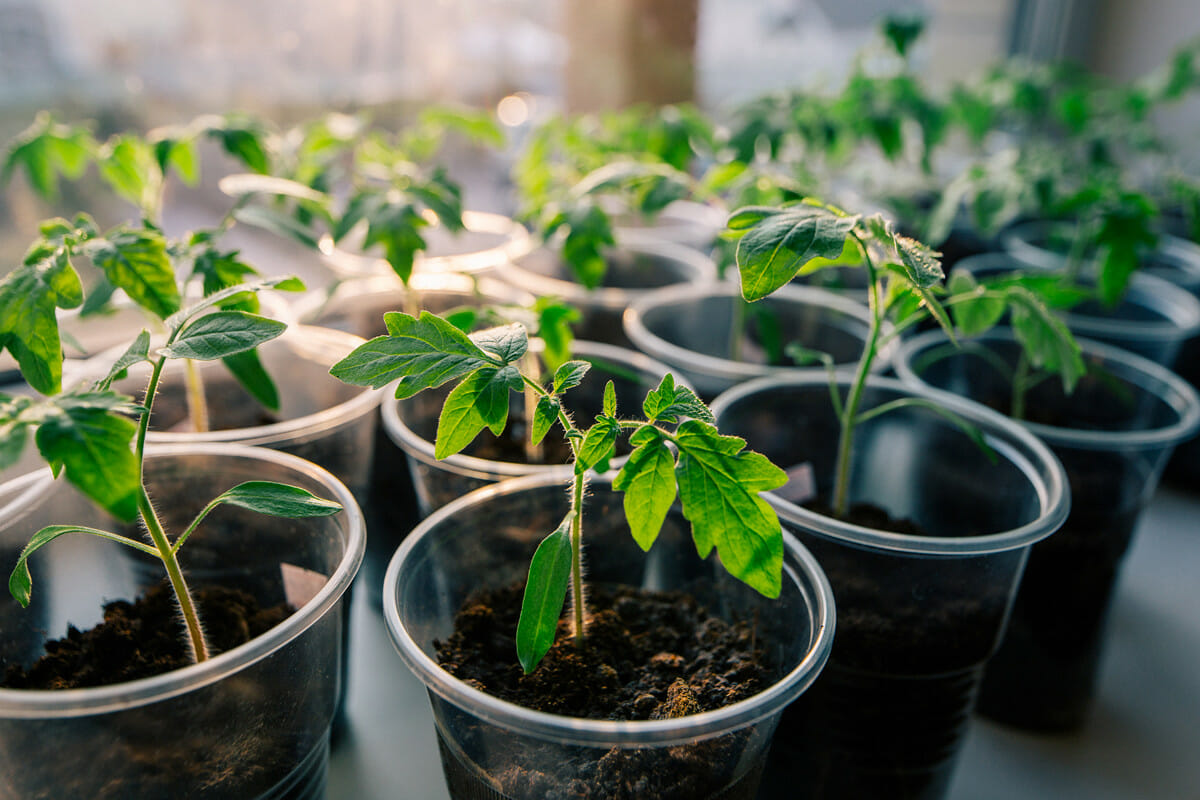

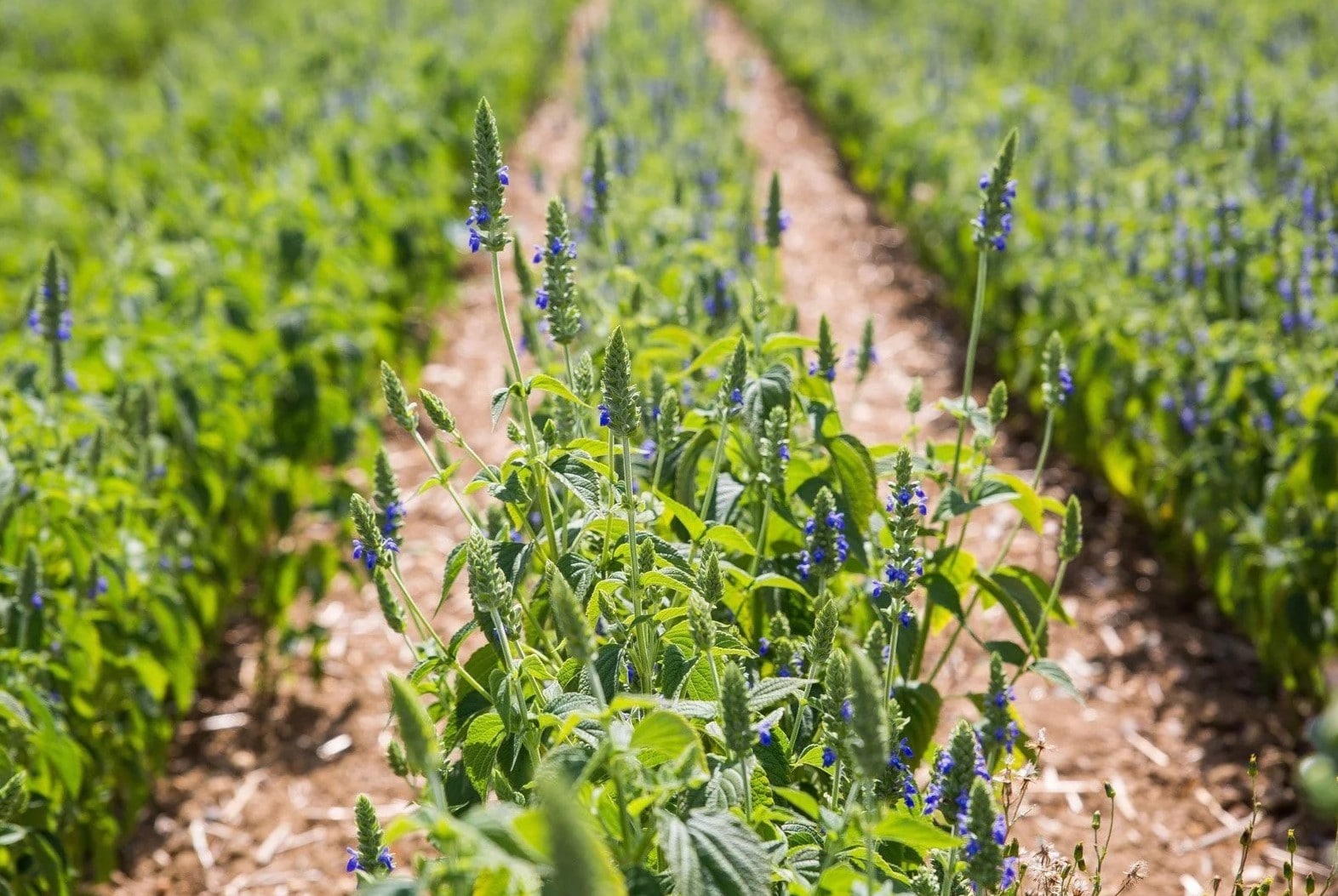
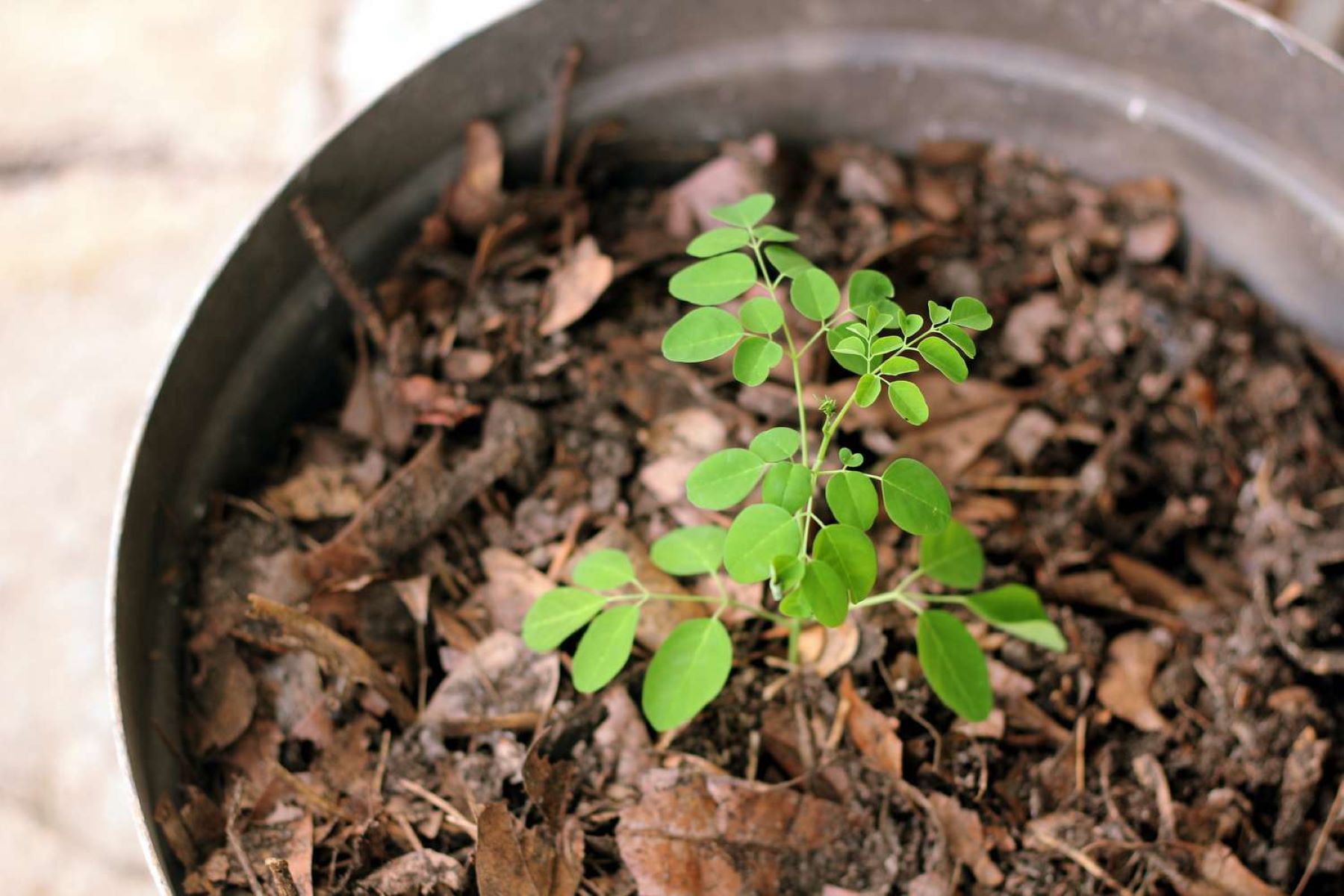

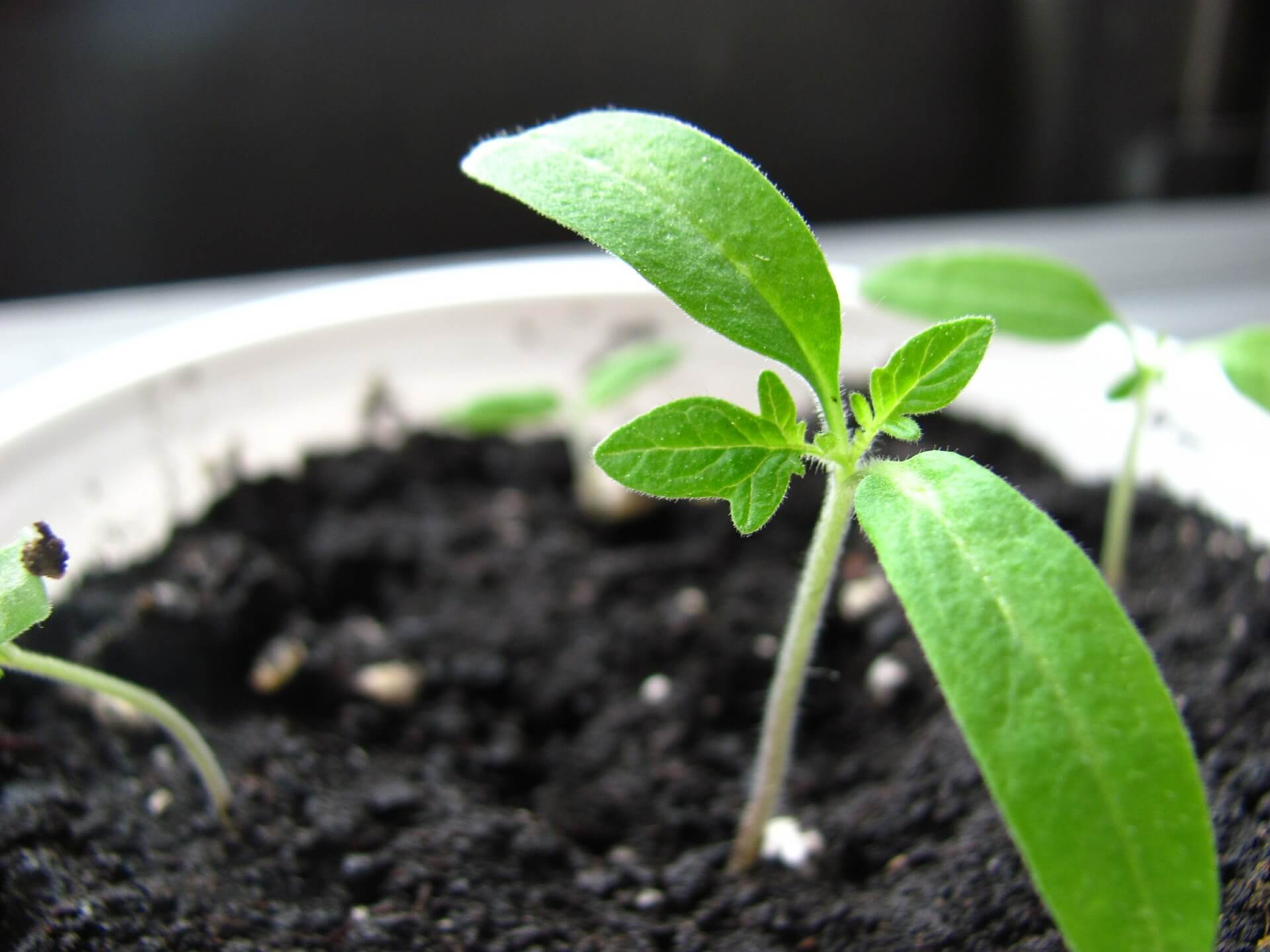
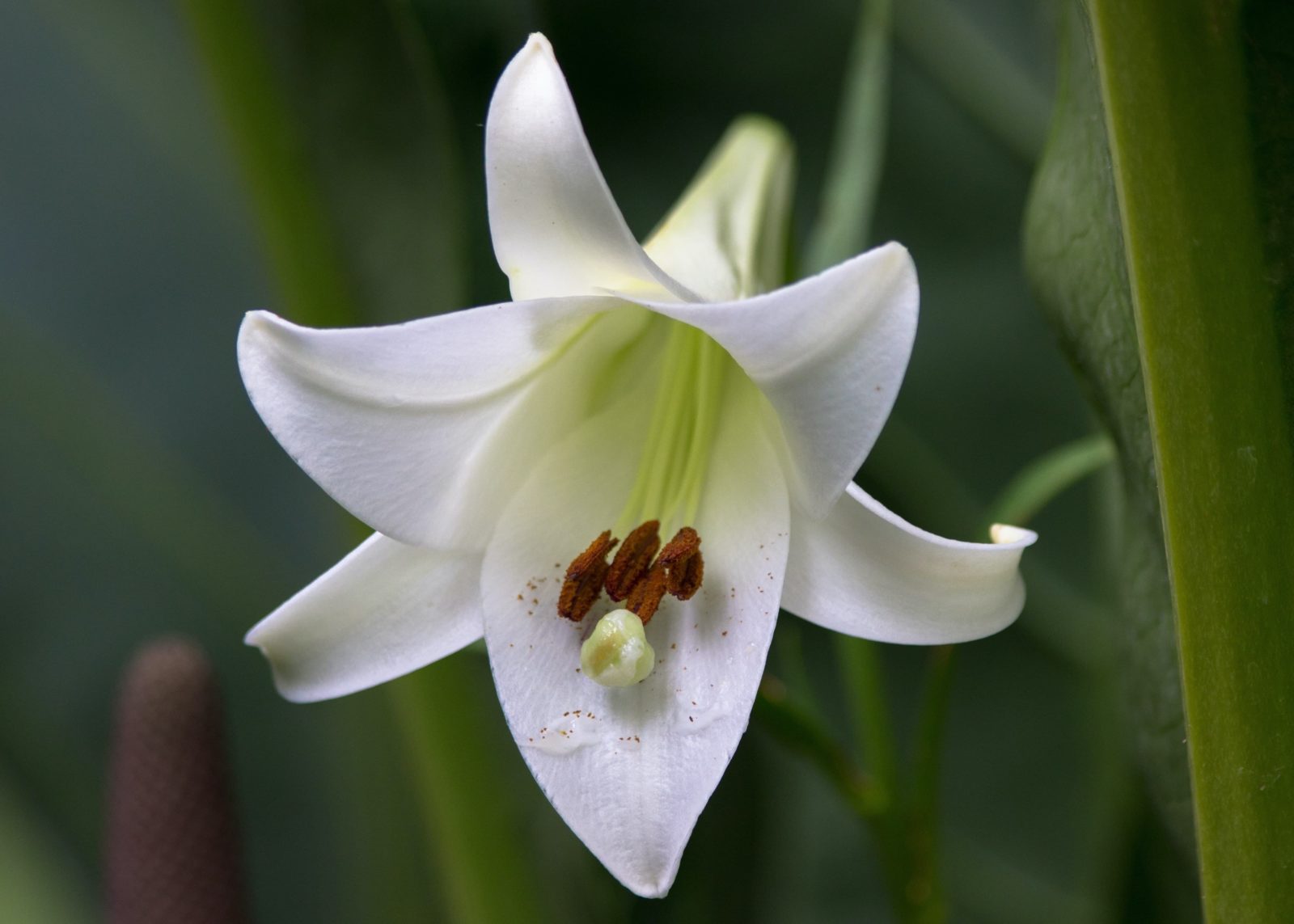
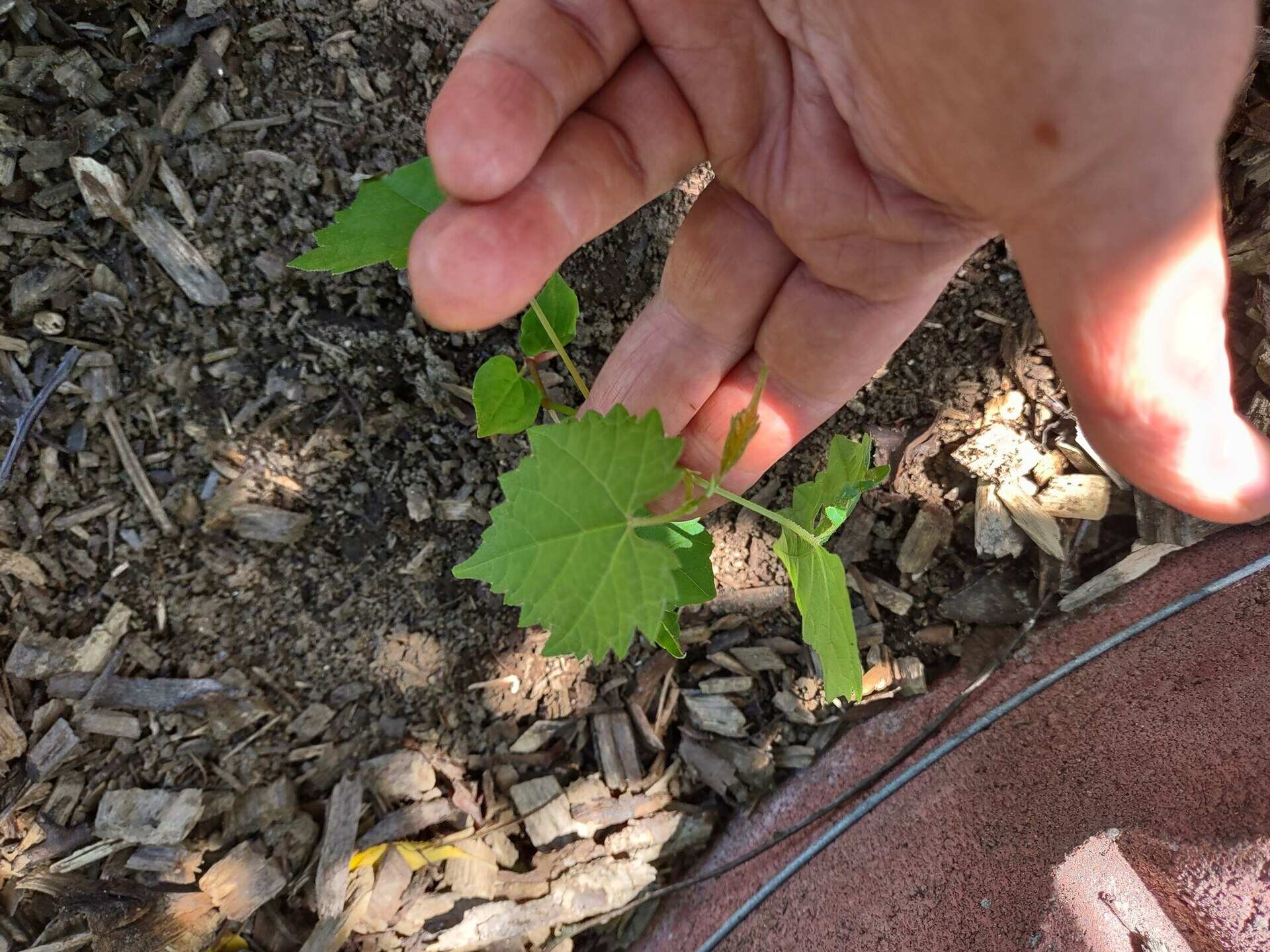
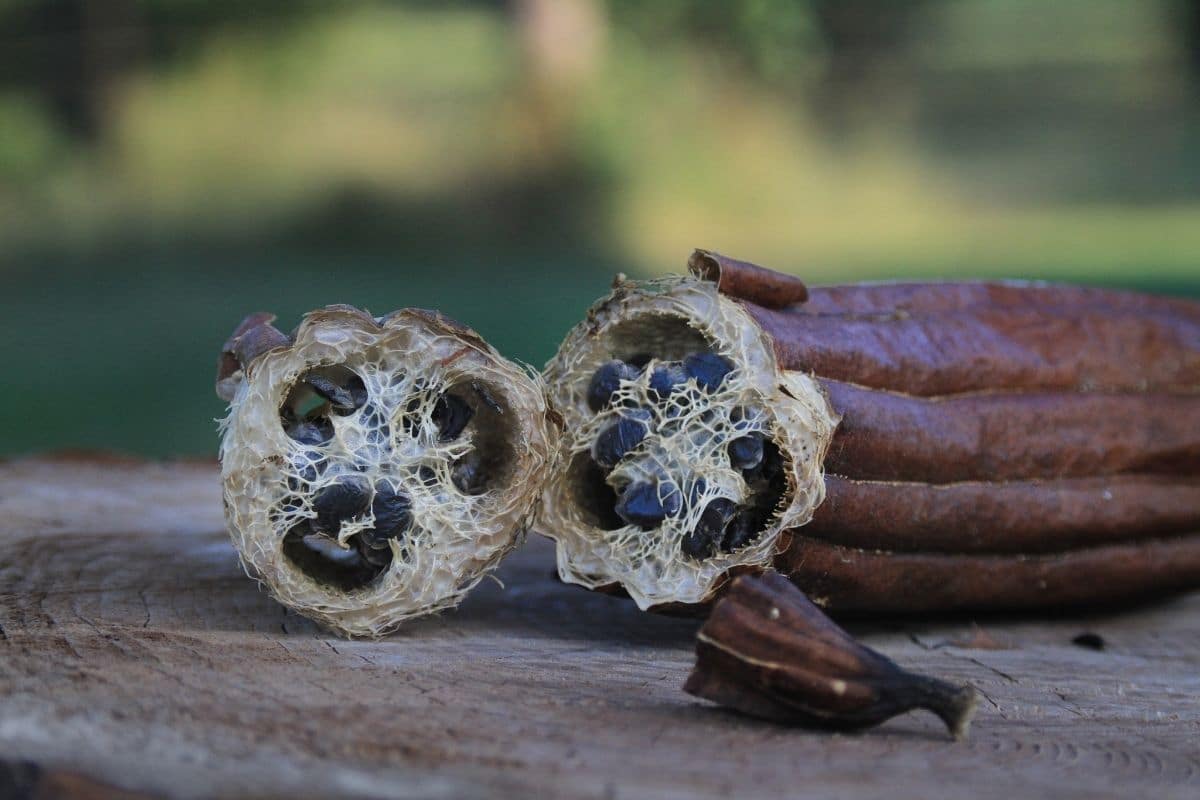
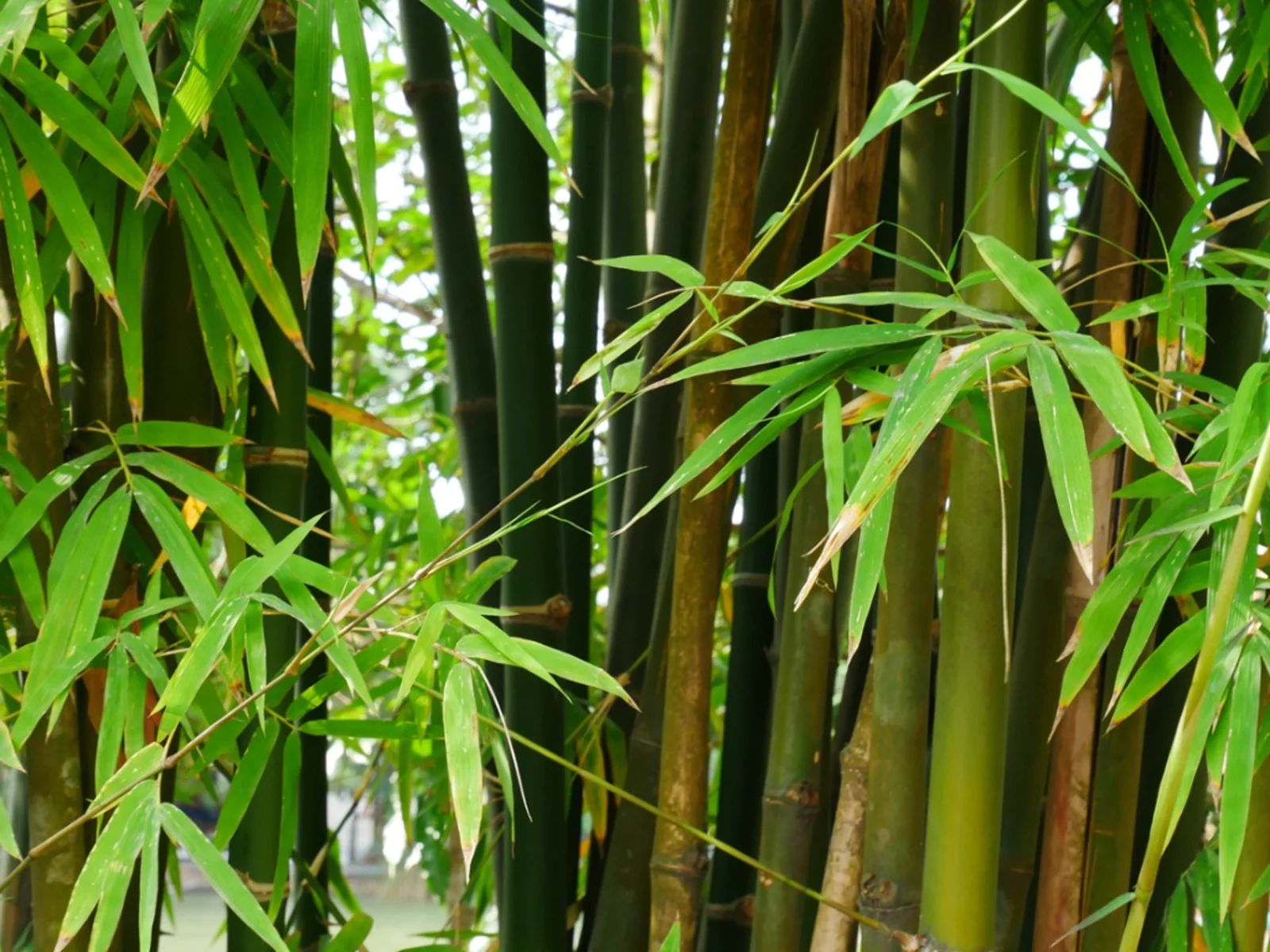
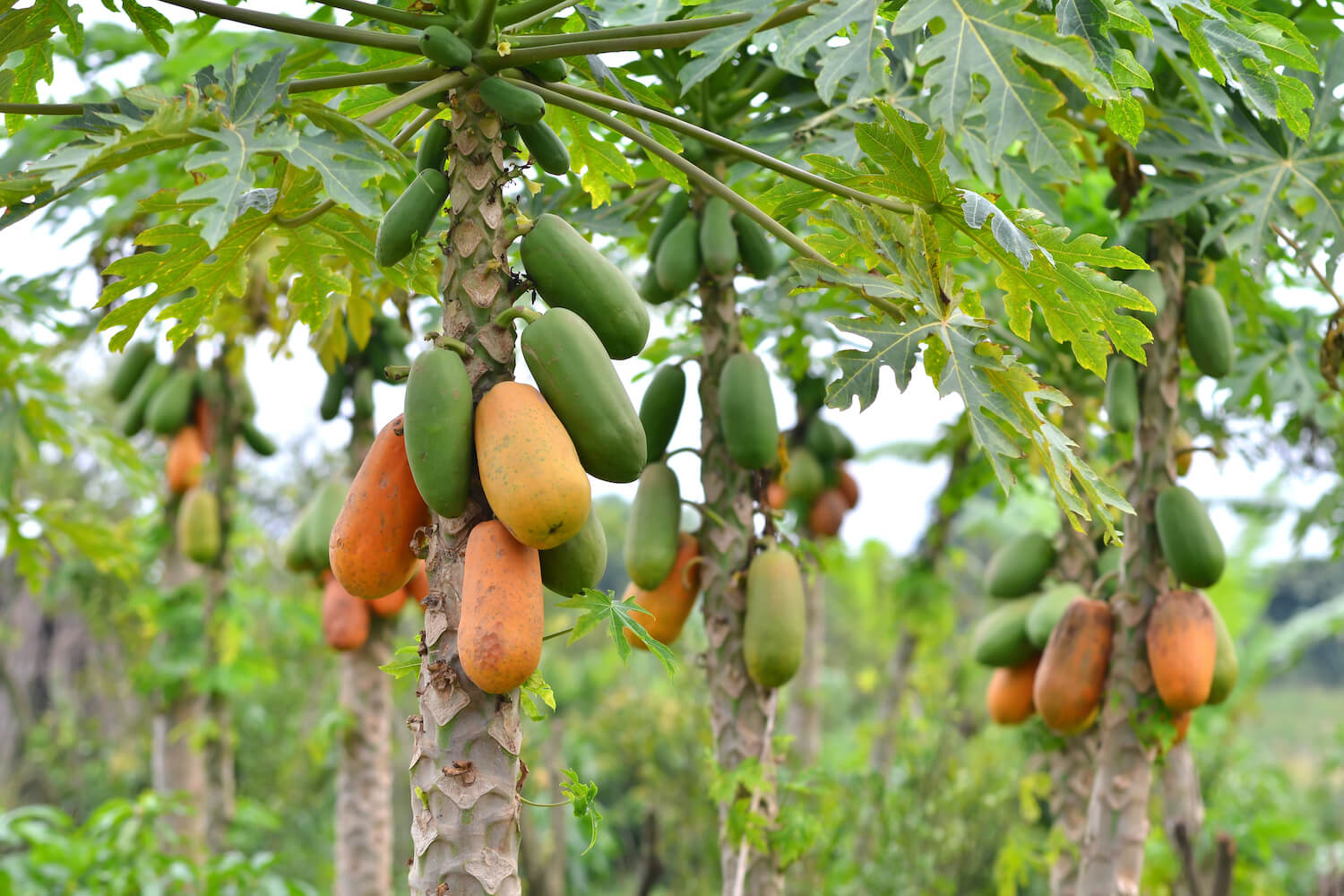

0 thoughts on “How To Grow Pineapple Seeds”